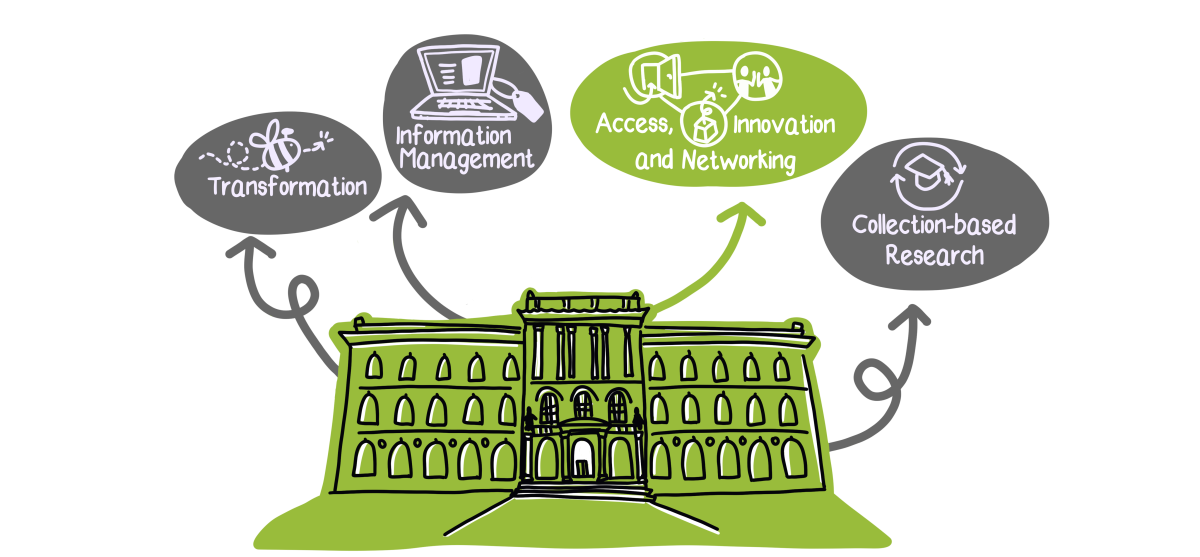
Subproject of the project Collection Discovery and Development
In the Access, Innovation, and Networking subproject, we are creating the necessary services and infrastructure to make the collection objects accessible for scientific and creative use in a sustainable way.
We work with the Transformation and Information Management subprojects to provide all user groups with easy online access to our digital collection via the Data Portal. The Portal contains filters, a map explorer, similarity search, and many other functions to enable users to conduct a wide range of research. A scientist in Argentina can view high-resolution photos of the flesh fly. A musician can download audio recordings of dolphins and use them to create new compositions. A citizen scientist can find information about a specific species of grasshopper. With storytelling tools, blog posts, and formats adapted to target groups, we want to get companies, initiatives, and the general public excited about our objects. We want to inspire them to use these objects in a sustainable creative way.
Whether as a hackathon dataset, lesson material, or a source of inspiration for technological innovations like barrier-free tactile models: the potential uses of the digitized objects are almost inexhaustible. We want to explore and develop these uses with interested stakeholders from science, business, art, and other areas of society. We are actively involving these stakeholders, expanding our partner network, and collaborating on co-creation projects. Our work here is based on our many years of experience in the Mediasphere For Nature, our in-house multimedia application lab.
In the future, we will also link the digital collection to the global network of knowledge and data. Researchers from all over the world and citizen scientists will be able to enrich the collection with quality-checked information. This will create a network of ever-growing knowledge clouds that are accessible to everyone. In the Bees & Bytes transcription project, for example, citizen scientists create a digital transcript of handwritten analog labels, actively helping to index the museum's collection. Findings from this process and other similar projects will also be used in the Collection-based Research subproject.
We are working on services for our users and will continue to expand them in the future. Together with the Transformation subproject, we are working on a Digitization on Demand service to create digital copies on request. We are also planning systems to provide better access to the physical specimens as well as tools for data analysis and visualization. Our goal is to showcase the research that is being conducted on and with the collection, and to generate new research approaches and ideas based on our data, our objects, and our knowledge.